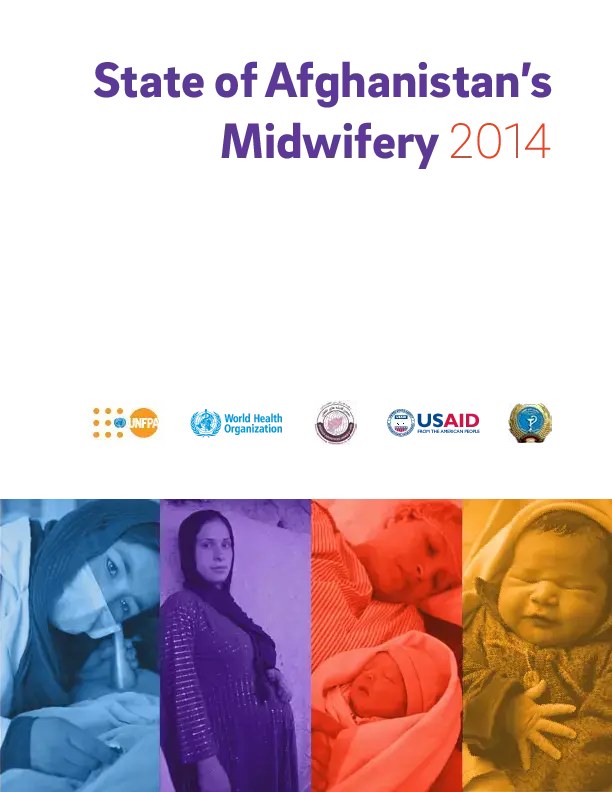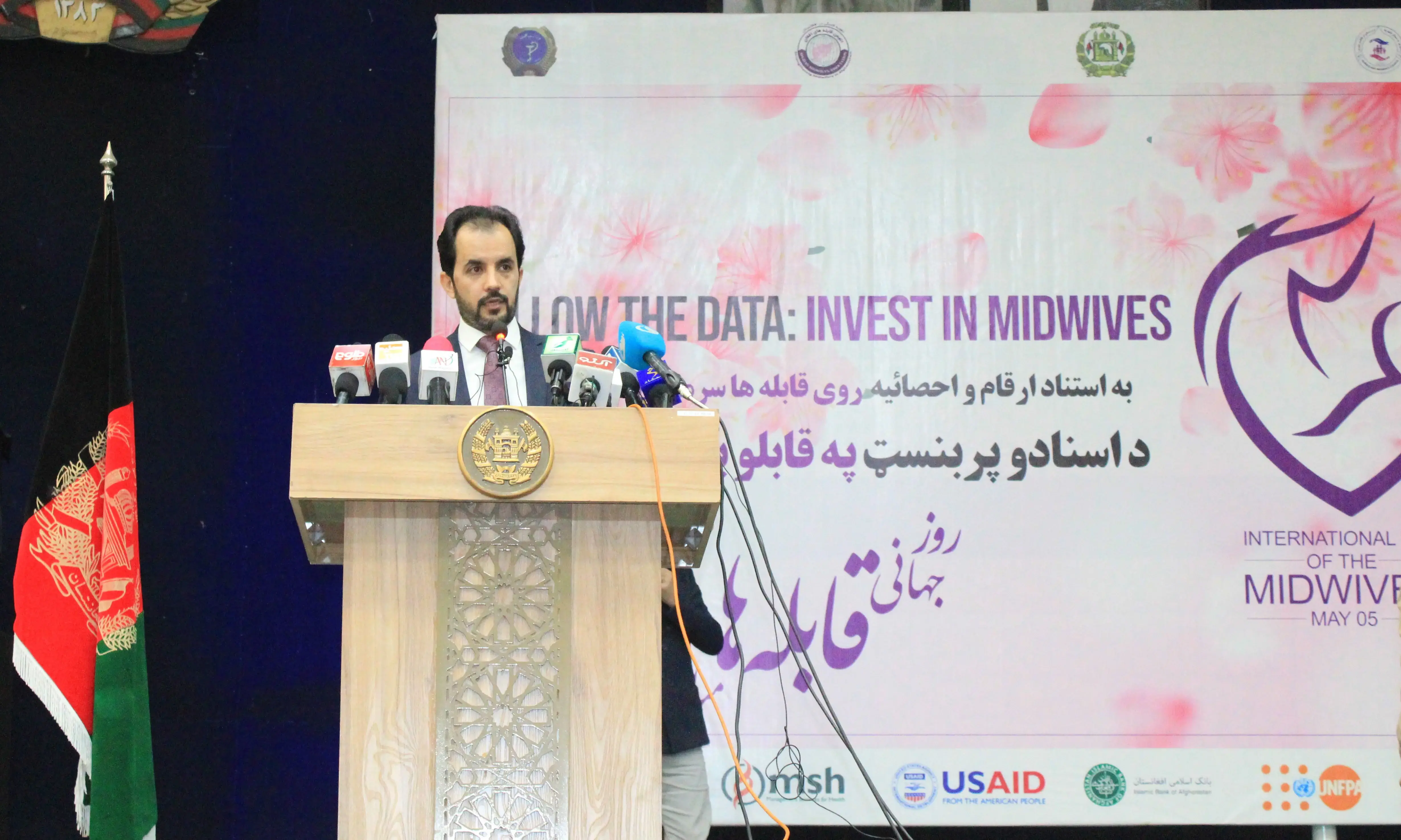In July 2014, the United Nations Population Fund (UNFPA), in partnership with the World Health Organization (WHO) and the International Confederation of Midwives (ICM) released the second State of the World’s Midwifery report which reports on 73 low and middle income countries including Afghanistan. Together, these countries account for more than 92 per cent of the world’s maternal and neonatal deaths, yet have only 42 per cent of its qualified birth attendants—in Afghanistan itself, a woman dies every two hours from causes related to pregnancy. The report points out that midwives can substantially reduce maternal and neonatal mortality.
Afghanistan’s midwifery programme has seen significant advances since it was re-established in 2002. Current initiatives include community midwifery education, a renewal of midwifery education to develop a four-year direct entry programme leading to a bachelor’s degree and a pilot bridging programme for existing midwives, both to standards set by the ICM. The Midwives and Nurses Council Strategy Plan (2014–2018) proposes an independent body to regulate midwifery and establish standards of practice, and the Afghan Midwives Association is setting up the Organization for Afghan Midwives to implement capacity development programmes. By working together, both internal and external stakeholders can support these initiatives and ensure that gains in Afghan midwifery are consolidated so the vision of Midwifery2030 can be achieved.





